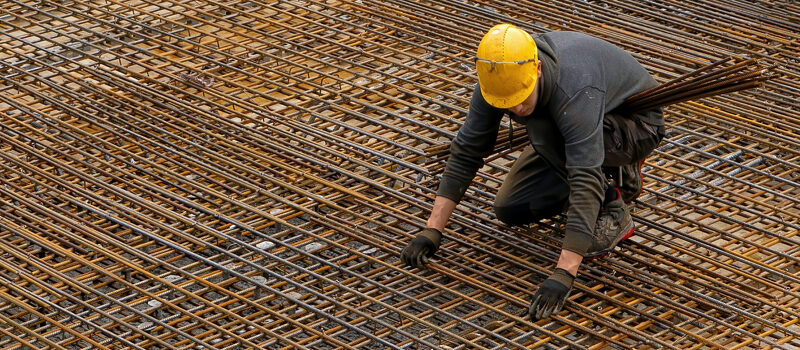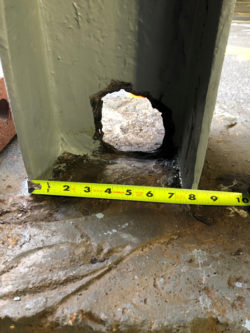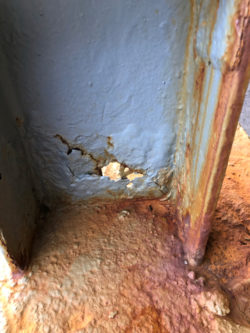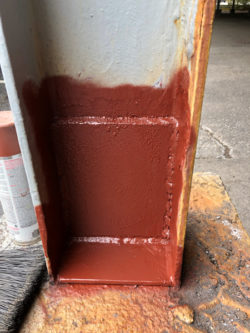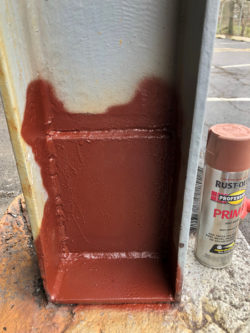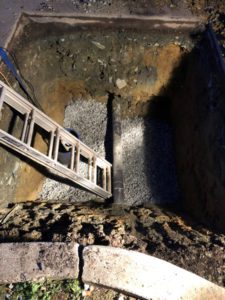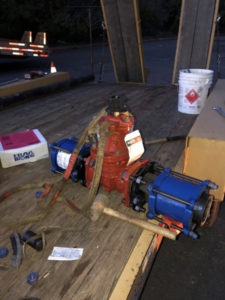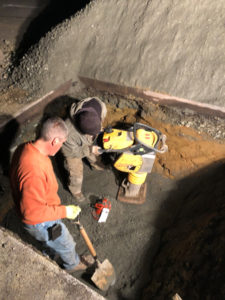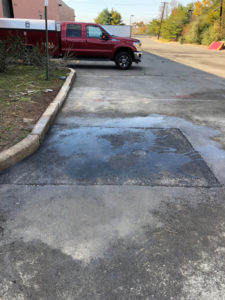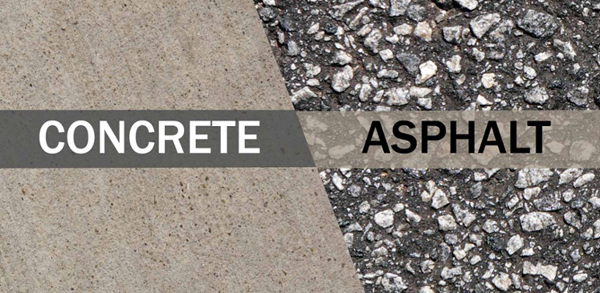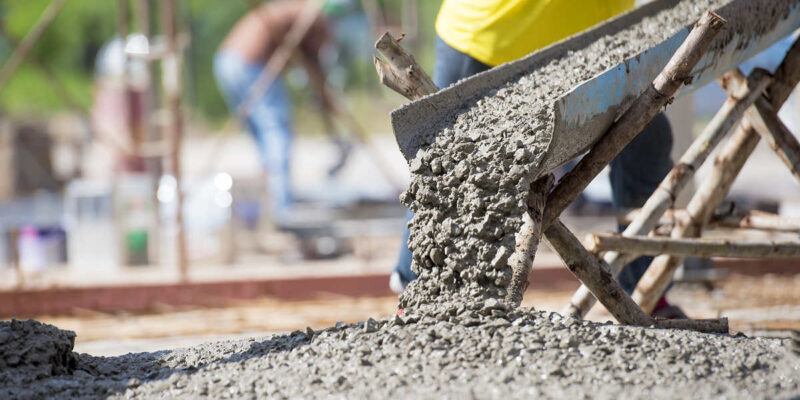Maximizing the Potential of Your NJ Construction Project: A Comprehensive Guide to Our Services
Are you planning a construction project, big or small, in New Jersey? Whether it’s a commercial development, a residential renovation, or any other construction endeavor, you need a trusted partner to handle various critical aspects of the project. That’s where CRI comes in! We are your one-stop solution for all your construction needs. Our extensive range of services includes concrete removal and installation, asphalt repair and replacement, water management, water recharge system installation, site-work, and professional demolition services. Let us help you achieve a successful construction project.
Concrete Removal and Installation
Our experienced team specializes in concrete services, from removal to installation. Whether you need to remove deteriorating concrete structures or create new foundations and surfaces, we have the skills and equipment to handle it efficiently. Our goal is to ensure that your concrete needs are met with precision and quality.
Asphalt Repair and Replacement
A well-maintained asphalt surface is crucial for the safety and functionality of your property. Our asphalt experts can assess your existing surfaces, provide repairs when needed, and even replace them entirely if necessary. We use high-quality materials and advanced techniques to ensure long-lasting results.
Effective water management is vital for any construction project. Our comprehensive water management services cover sewer, water, and drainage projects. We have the expertise to design and implement systems that efficiently control water flow, preventing flooding and erosion. Our solutions are not only functional but also environmentally friendly.
Water Recharge System Installation
Water recharge systems are becoming increasingly important as we strive to conserve water and manage our resources more sustainably. Our team can design and install water recharge systems that help replenish groundwater, reduce runoff, and support the local ecosystem. We are committed to promoting eco-friendly practices in all our projects.
Site-work is the foundation of any construction project. We take care of every aspect of site preparation, including grading, excavation, and land clearing. Our experts are well-versed in all phases and requirements of site-work, ensuring that your project starts on solid ground.
Why Choose Us?
- Experience: With decades of experience in the construction industry, we have a deep understanding of the unique challenges and requirements of each project.
- Quality: We use the highest quality materials and employ industry best practices to ensure the longevity and durability of our work.
- Safety: Safety is our top priority. We follow strict safety protocols to protect our team, your property, and the environment.
- Sustainability: We are committed to sustainable construction practices that minimize environmental impact and promote responsible resource management.
- Custom Solutions: We understand that every project is unique. Our team works closely with you to develop customized solutions that meet your specific goals and budget.
- Timely Execution: We understand the importance of deadlines. Our efficient project management ensures that your project is completed on time.
When it comes to construction, CRI is your trusted New Jersey partner for concrete services, asphalt solutions, water management, water recharge systems, site-work, and demolition services. We bring expertise, reliability, and a commitment to excellence to every project we undertake. Contact us today to discuss your construction needs and let us help you turn your vision into reality.
Don’t settle for anything less than the best – contact us for all your construction needs. Your satisfaction is our guarantee!

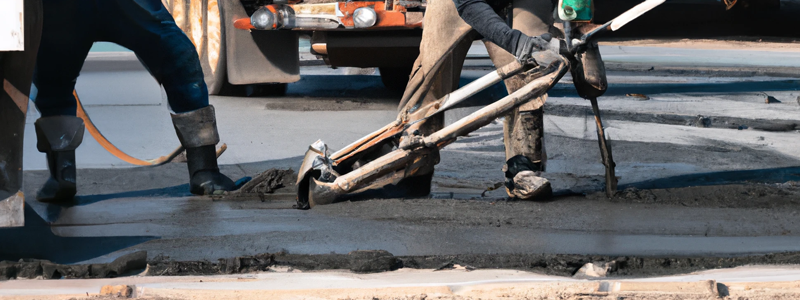
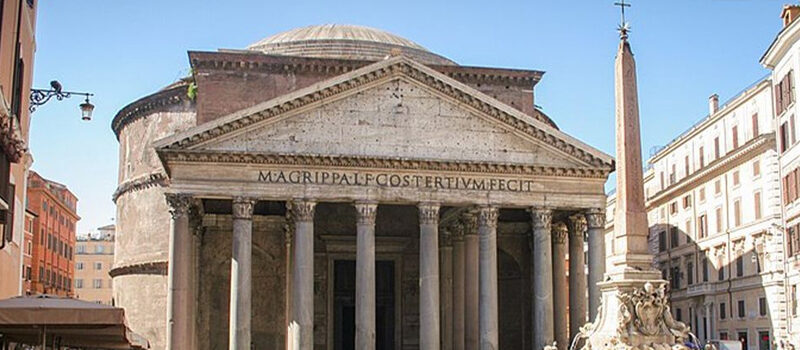
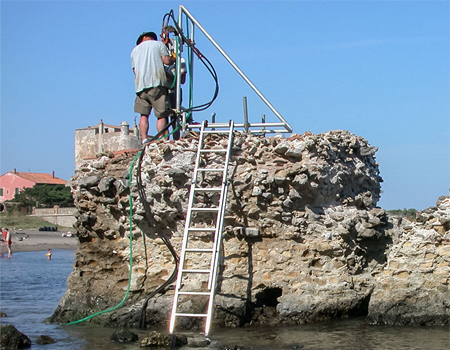 Scientists began their search with an ancient recipe for mortar, laid down by Roman engineer Marcus Vitruvius in 30 B.C.E. It called for a concoction of volcanic ash, lime, and seawater, mixed together with volcanic rocks and spread into wooden molds that were then immersed in more sea water.
Scientists began their search with an ancient recipe for mortar, laid down by Roman engineer Marcus Vitruvius in 30 B.C.E. It called for a concoction of volcanic ash, lime, and seawater, mixed together with volcanic rocks and spread into wooden molds that were then immersed in more sea water.